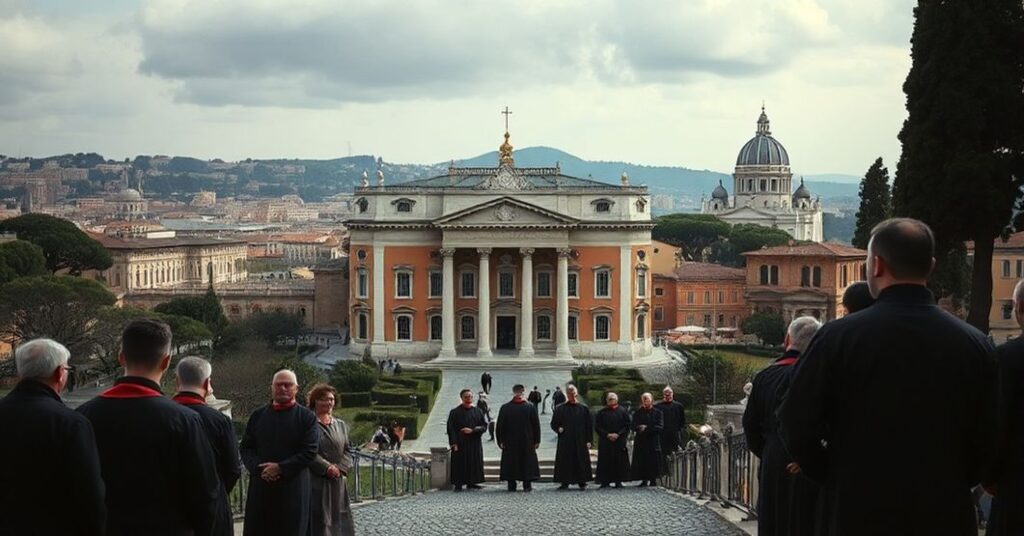Benevolentiae caritatis (1959.11.29)
The text titled “Benevolentiae caritatis” (29 November 1959) is a short congratulatory letter in Latin by John XXIII addressed to Cardinal Jacopo (Iacobus Aloisius) Copello on the occasion of his 80th birthday. It praises Copello’s long life, recalls divine benefits allegedly shed upon him, commends his past governance of the Buenos Aires church, notes his elevation to the cardinalate by Pius XI, and compliments him for his current role as Chancellor of the Roman Church, concluding with wishes and an “apostolic blessing.”










